Blog
Read, watch, or listen to website topics on the entire website process to help you understand concepts, create strategies, and build great websites.
-

Internationalization is Accessibility: Adapting your website for any language
Part of making sure your website is accessible is making sure that someone can understand your website no matter what they’ve set their default language to — even if you aren’t specifically creating content in different languages.
-
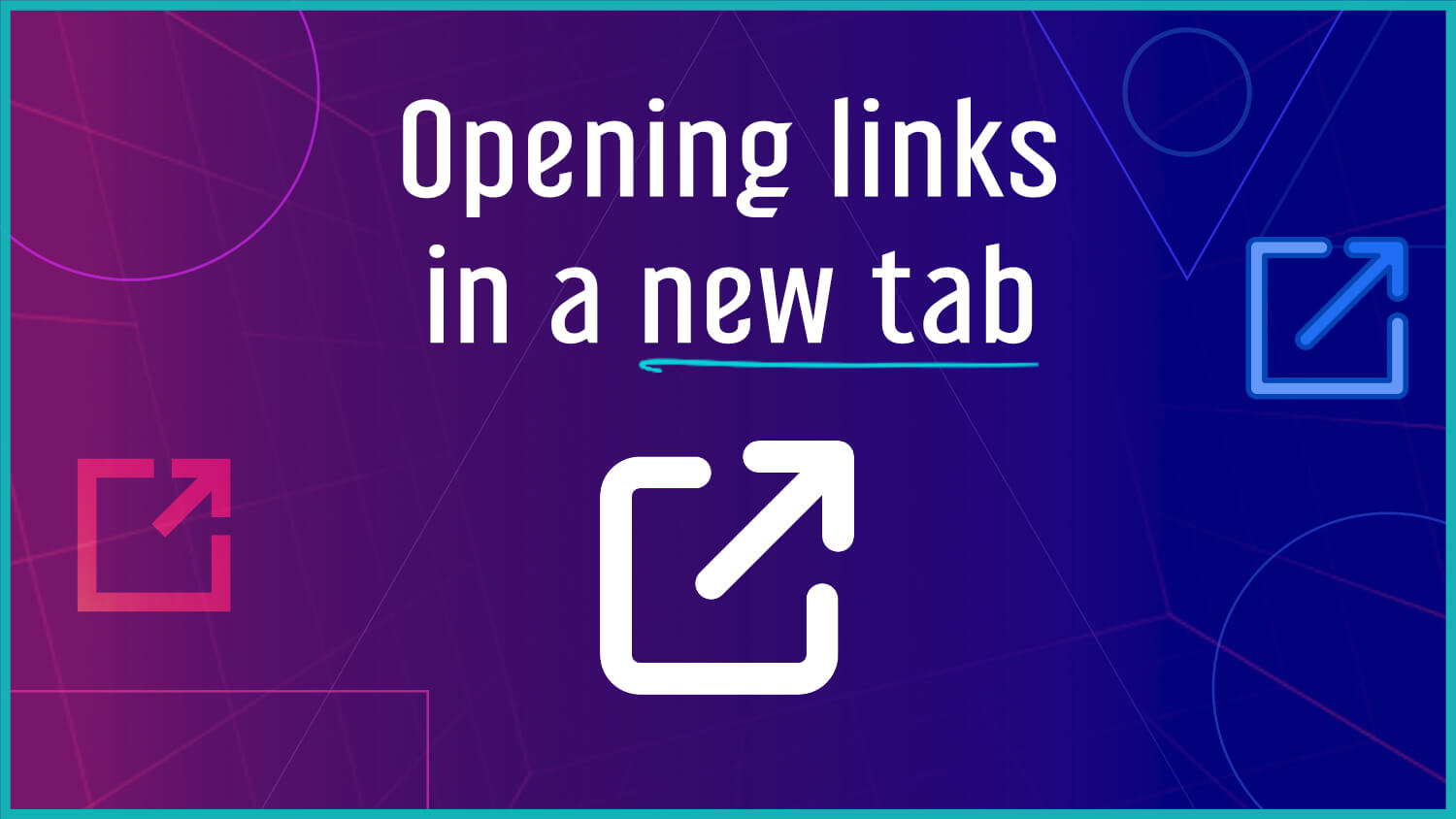
Opening links in a new tab
Not every external link needs to be opened in a new tab. Forcing a link to open in a new tab takes the choice away from your visitor. Good user experience centers around giving people what they’re expecting.
-
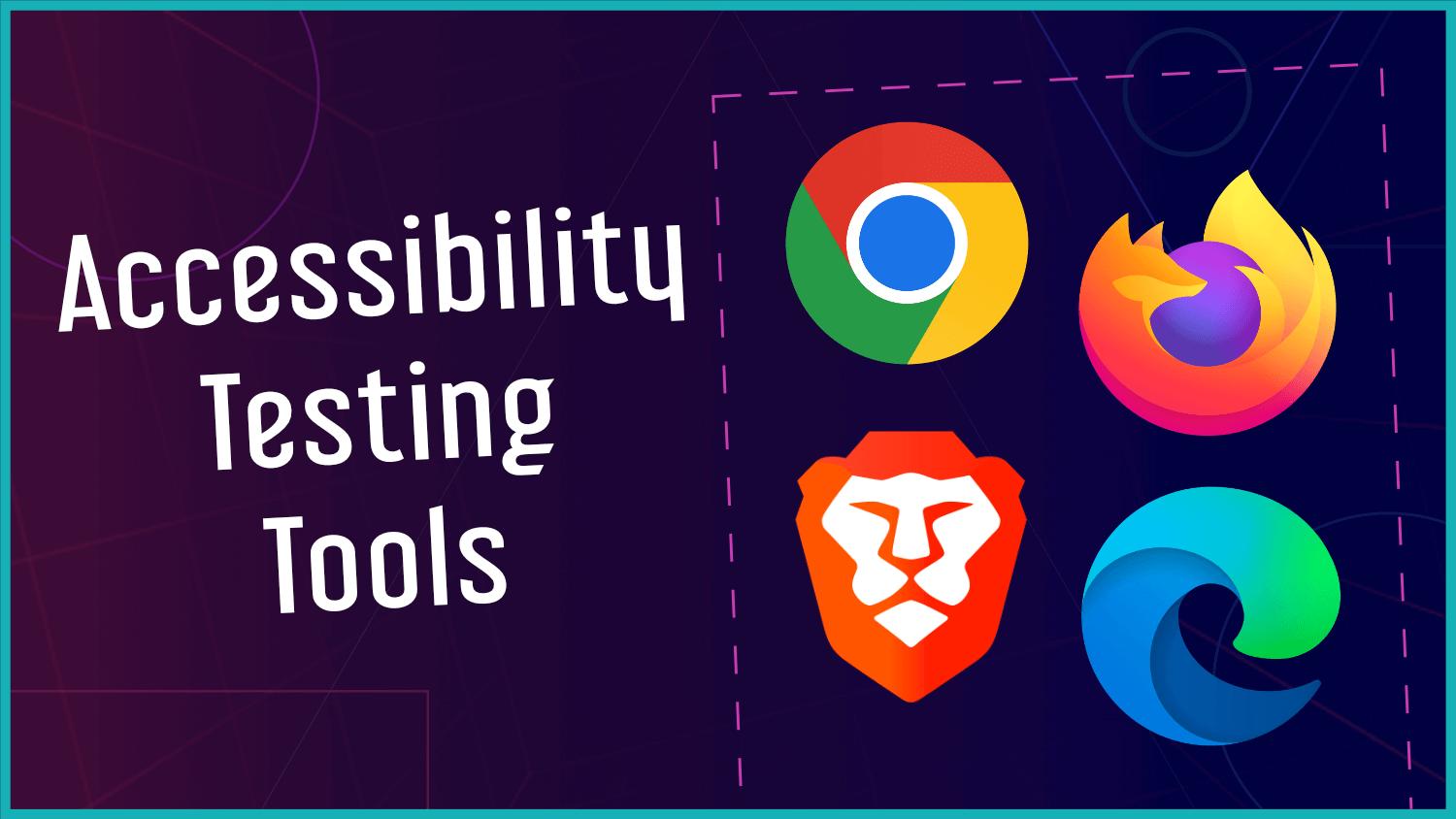
Accessibility Testing Tools
If you’d like to get started with testing and improving the accessibility of your site, it can be hard to know where to start. Let’s go over some of the scanning and testing tools you can use to get started.
-
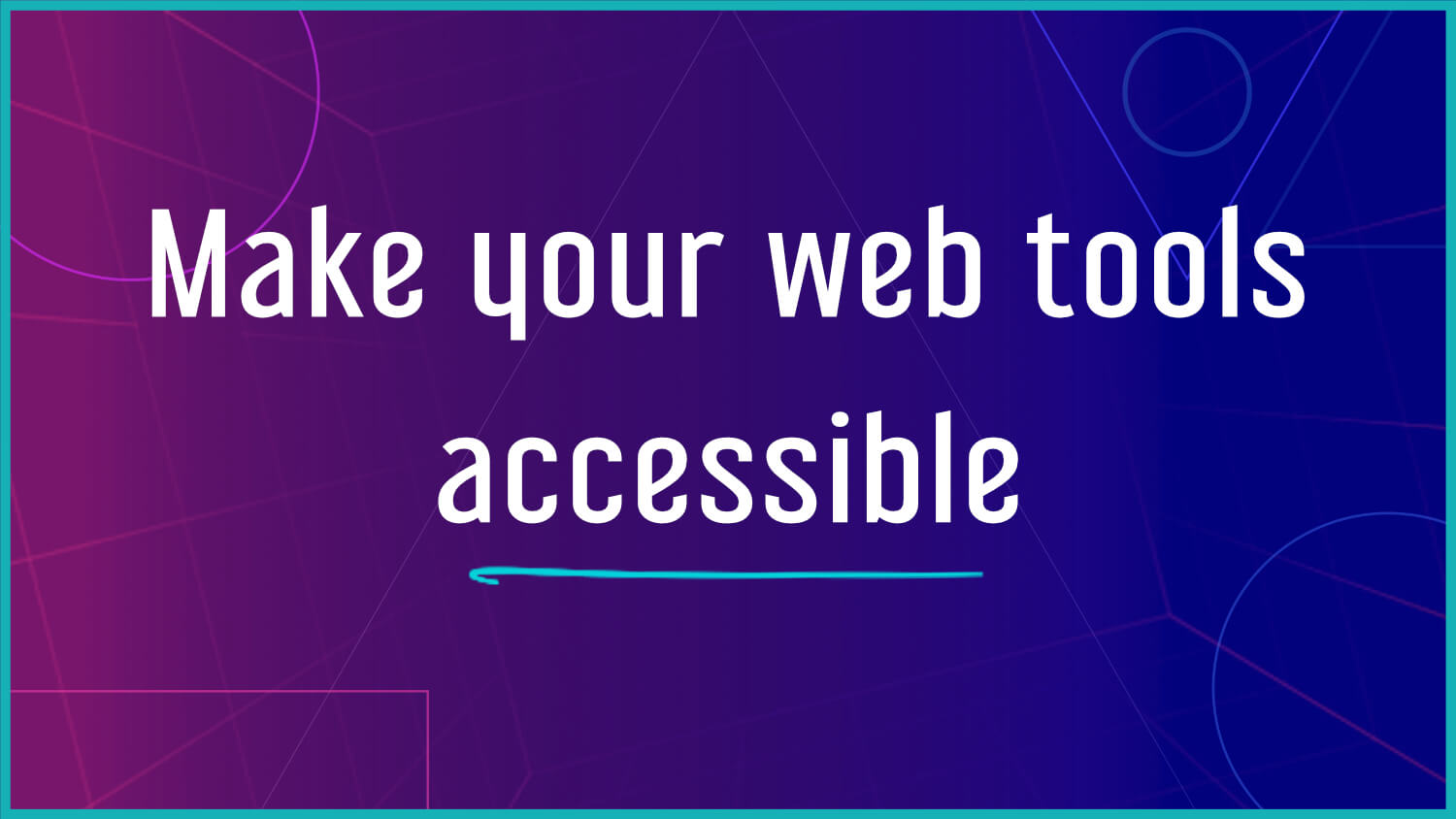
Make your web tools accessible
Any tool that lets you create content on the web has to be accessible, and it needs to enable you to create accessible content with it. There’s no reason not to include accessibility from the start.
-
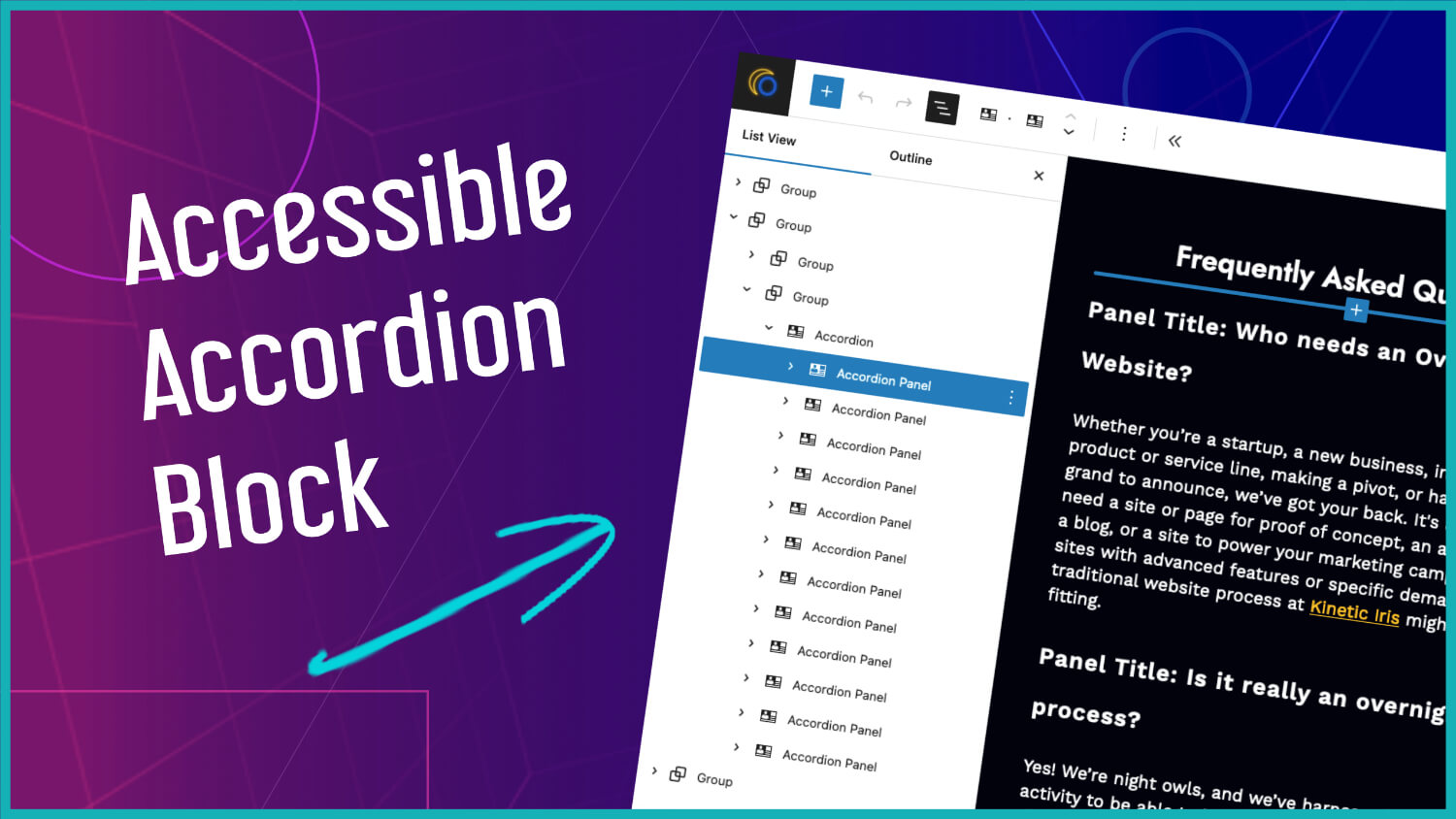
Creating an Accessible Accordion Block
Accordions are a great way to organize certain types of content so that your visitors can find what they need quickly. But how do you make them accessible? And how do you make it easy to update in the block editor?
-

Your Images Aren’t Decorative: When to add alt text
Does every image really need alt text or can it be left empty? What about decorative images? How can you tell when an image is actually decorative?
-

Page Builder Lock-In: What to consider when choosing how to build your website
There are so many options out there for building a website. They all have pros and cons and situations that they’re best suited for. But how do you choose?
-
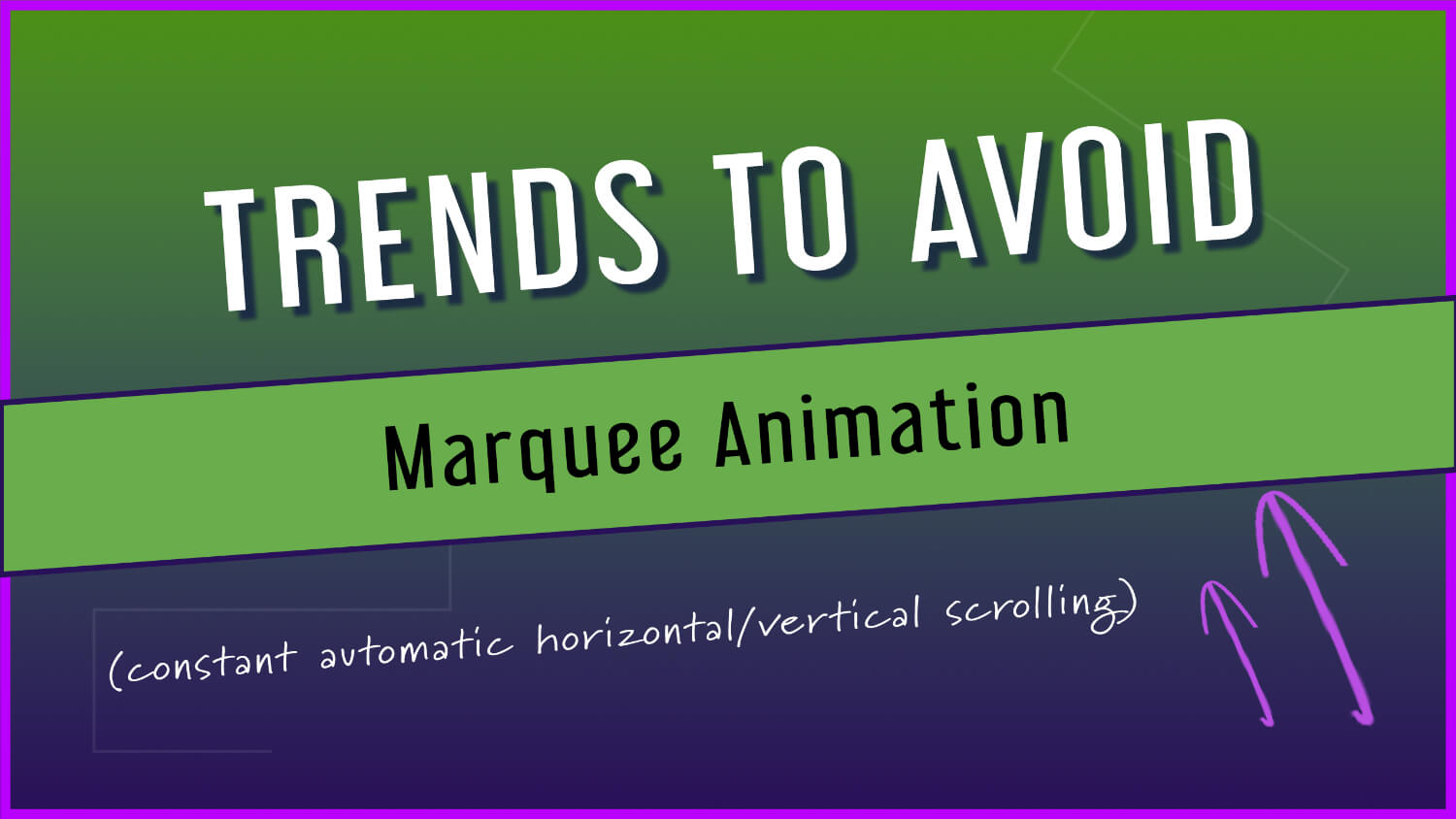
Trends to Avoid: Marquee Animation
If you’re thinking of adding scrolling text or images to your website, read this first. There are some concerns here for usability, accessibility — and do people even like it?